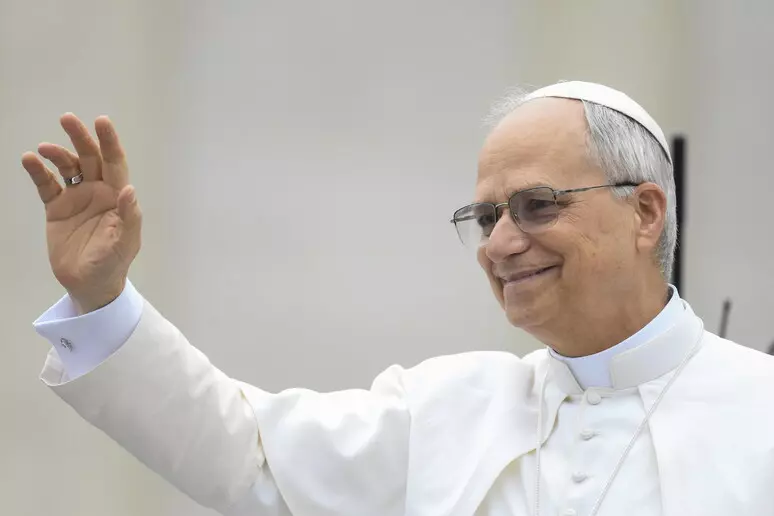In a gesture that combines faith, technology, and a declared moral stance, Pope Leo XIV will make his voice heard on Saturday, June 14, from one of the most unexpected stages: a baseball stadium in Chicago.
His virtual appearance, scheduled during the major religious event at Guaranteed Rate Field, sold out within hours, exceeding all expectations and drawing attention away from the military parade glorified by Donald Trump to celebrate the 250th anniversary of the U.S. Army (which also happens to be on his own birthday), to take place in Washington D.C.
The coincidence of dates has not gone unnoticed by political and media observers. The canonical gathering “Chicago Celebrates Pope Leo XIV” is indeed held on the president’s birthday, in a sort of “counterprogramming” that many commentators have described as symbolic.
The message of the Holy Father, broadcast from Rome, has already attracted a massive crowd. In just the first 15 minutes after tickets went on sale at $5 each, more than 9,000 were requested. By the end of the day, the number had surpassed 20,000.
However, it is not simply a matter of numbers, but of the symbolic value they represent. During his first official speech to diplomats, the Pope emphasized the urgency of respecting the dignity of migrants, strongly recalling the values of hospitality and social justice, a stance that openly contrasts with the Trump administration’s immigration policies.
The confrontation thus carries strong symbolic weight. While military vehicles and uniformed personnel will parade in Washington, thousands will gather in Chicago to listen to words of hope and inclusion.
The grand ceremony promoted by the GOP leader, featuring 28 Abrams tanks, over 100 armored vehicles, 6,700 soldiers, horses, mules, and even a dog, has sparked considerable criticism. Many view it as excessive, even grotesque, drawing comparisons to North Korean-style ceremonies. Disruptions are also expected due to the closure of Reagan Airport, affecting over a hundred flights and thousands of passengers.
Some TV analysts have noted that for most Americans, both events will be experienced through screens, making them two “competing programs” on the national broadcast schedule.












